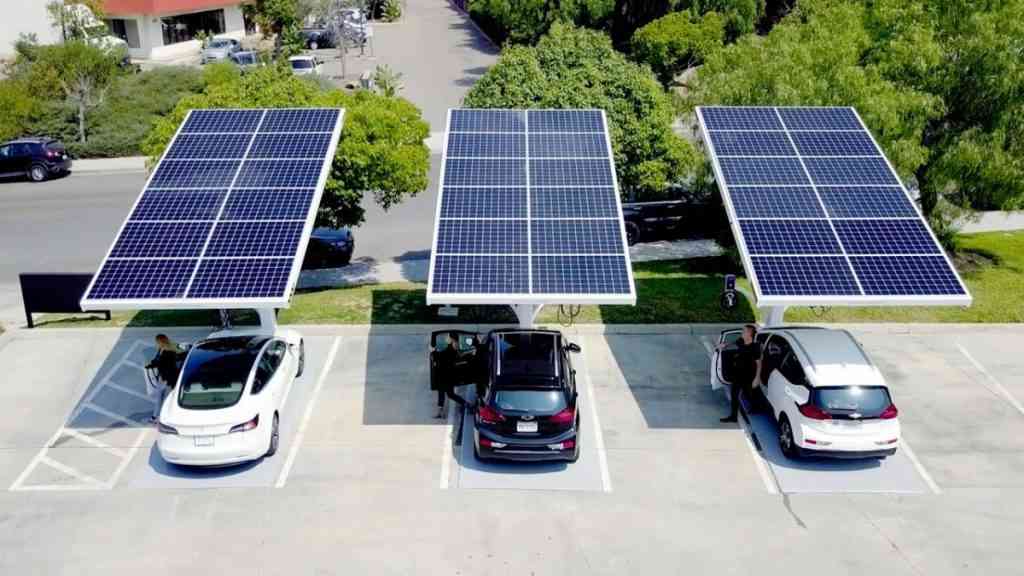
A new report released by research company IHS Markit explains the role gas can play in the transition to net-zero.
The report; A Sustainable Flame: The Role of Gas in Net Zero, states that gas has a significant part in both the near-term and long-term energy decarbonisation targets owing to the ability of existing infrastructure to be converted to carry low-carbon fuels including ammonia, hydrogen, synthetic methane, and renewable natural gas.
The report states that more emphasis is needed on the repurposing of existing infrastructure to enable gas to become a “second pillar” of decarbonisation alongside renewables.
For instance:
- Pipelines, both transmission and distribution, can ship renewable natural gas. In an early stage, they can blend in “green” gases to lower the carbon footprint, while in the longer term they can be repurposed for shipping of 100% hydrogen. So too with much of gas storage infrastructure.
- Gas-fired power plants can convert to run on hydrogen or sustainable ammonia, or in some circumstances can retro-fit carbon capture, utilisation and storage.
- Liquefaction plants can be converted to liquefy hydrogen, likely at a lower cost than building a liquefied hydrogen plant from scratch.
- Industrial and domestic gas boilers can be manufactured to be readily adaptable from natural gas to hydrogen.
Shankari Srinivasan, vice-president, global and renewable gas, IHS Markit, said: “Repurposing infrastructure has technical challenges but the costs, while significant, are still lower than building entirely new facilities.
“And it provides flexibility to policymakers and lenders who could structure authorisations and loans such that any new-build infrastructure be conversion-ready and have defined performance standards with limits on the life that the asset can operate before being converted.”
Although calls to increase the use of renewable energy resources such as wind, solar and green hydrogen have intensified, the study highlights that gas will continue to be a vital component of the energy mix up to and through the transition to low-carbon gases.
Overall, replacing older and less efficient power plants with best-in-class natural gas generation reduces emissions by 50% per unit of electricity. In Asia, the report states that increasing natural gas use in power generation to displace coal could cut emissions by around 1 Gt—around 3% of all GHG emissions from the energy sector. —Renewable Energy World
- Chamisa under fire over US$120K donation
- Mavhunga puts DeMbare into Chibuku quarterfinals
- Pension funds bet on Cabora Bassa oilfields
- Councils defy govt fire tender directive
Keep Reading











